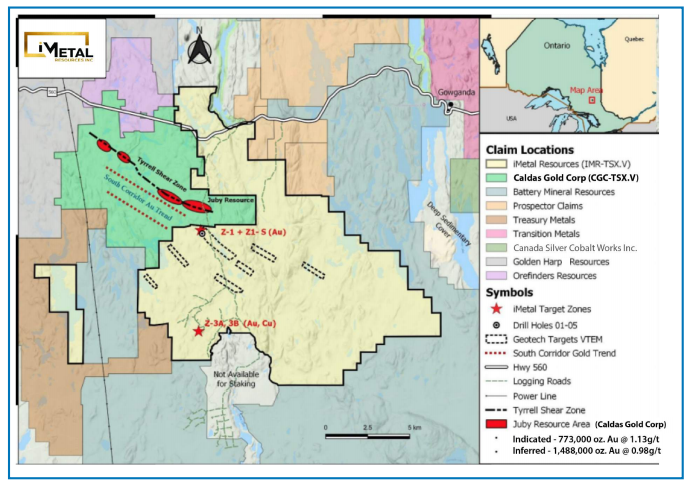The largest segment of the global metals market is iron and steel, followed by aluminum. The iron and steel segment comprises more than half the industry in terms of volume. This industry includes metal ore exploration and mining services, as well as iron and steel foundries for smelting, rolling, forging, spinning, recycling, stamping, polishing and plating of iron and steel products such as pipes, tubes, wire, spring, rolls and bars.
The precious metal and mineral industry consists of companies engaged in the extraction and primary processing of gold, silver, platinum, diamond, semi-precious stones, uranium and other rare minerals and ores, along with the cultivation of pearls.
Overall Industry Outlook
The global metal industry is cyclical, highly competitive and has historically been characterized by overcapacity (excess of supply over demand). Metal producers are subject to cyclical fluctuations in London Metal Exchange (LME) prices, general economic conditions and end-use markets.
Profitability at the individual company level depends on volume and operating efficiency. Large producers with huge resources are able to discover and develop new deposits, thereby boosting reserves, while the smaller ones own fewer mines.
Mergers and acquisitions (M&A) have historically been a critically important growth strategy for mining companies. The year 2009 experienced a lull in M&A activity under the impact of the global economic downturn and the focus shifted from business growth to business survival, as companies looked to safeguard their teetering balance sheets rather than seeking expansion.
However, reversing the trend, 2010 witnessed a surge in mining deals as the rise in commodity prices, economic recovery, demand in developing markets, growing scarcity of resources and refreshed balance sheets spurred merger activity.
2011 was a busy year in terms of M&A activity despite the European debt crisis, earthquake in Japan, social unrest in the Middle East, and downgrade of the U.S. government’s debt rating. We expect the momentum in M&A to sustain in 2012 as well. Armed with healthy balance sheets, reduced economic uncertainty and a pent-up demand for new projects, we expect the companies in the industry to accelerate deal activity with a re-focus on consolidation.
In an industry plagued with rising energy and raw material costs, increasing productivity and reducing costs are the keys to success. Given the cyclical nature of the metals industry, low-volume, high-cost producers need to generate sufficient cash or ensure a strong borrowing position during market peaks to survive the market troughs.
Continuing consolidation supports the sector’s ability to influence the price of input costs and companies can also obtain synergies and economies of scale through the operation of vertically integrated raw materials sources. Expansion in low-cost countries will ensure lower labor costs and also help tap their growth potential.
The Glencore-Xstrata merger currently in the offing is one of the biggest ever in the mining sector. If it materializes, it would result in a combined new business of $90 billion and will be the world's biggest exporter of coal for power plants and the largest producer of zinc. This will be the largest mining transaction in history, dwarfing the earlier major deals like Rio Tinto-Alcan in 2007 and Vale-Inco in 2006.
Demand in the metals and mining industry has benefitted from the strong growth in emerging markets. China and India in particular, are witnessing higher production and consumption of metals. Per capita consumption levels in both these countries are calibrating to U.S levels, which could, theoretically at least, double metal demand in the longer term.
China is the world’s largest consumer of metals and is expected to remain so in the future. Overall, we expect global metal demand to improve in the long term with the recovery of user industries.
Demand as well as production for industrial metals in Japan had been recently affected, as factories were shut down in the aftermath of the country’s strongest earthquake and tsunami. Japan is the biggest buyer of aluminum and the second largest buyer of copper ore.
We believe the industry will continue to benefit from the metal demand generated from the country’s rebuilding activity. Sovereign debt issues and sluggish growth in Europe however remain lingering concerns.
Zacks Equity Research
Zacks.com


























































